The Concept
The Concept
The Living Income Community of Practice defines living income as:
"The net annual income required for a household in a particular place to afford a decent standard of living for all members of that household."
"Elements of a decent standard of living include: food, water, housing, education, healthcare, transport, clothing, and other essential needs including provision for unexpected events".
The video below explains the concept and all of it's components in more detail.
The Living Income Story
The concept of living income goes a step beyond traditional notions of poverty alleviation that are concerned with basic subsistence and survival. It puts a strong emphasis on the idea of decency and earning enough income to live comfortably.
When thinking about income, as opposed to wages, it is important to recognise that the income that a household earns can come from multiple sources. In the case of smallholder farmers for example, income can be earned through off farm business and remittances as well as from crop sales.
This income needs to cover the costs of decent living for it to be considered a living income.
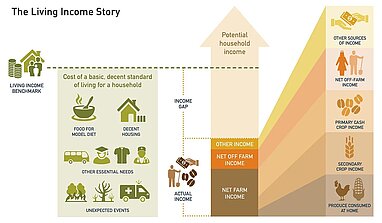
Principles of Inclusion in advancing Living Income
The Living Income Community of Practice (LICOP), GIZ and IDH emphasised, at the Living Wage & Living Income Summit 2o24, the principles of inclusion and shared responsibility in advancing living income.
Living Income and the SDGs
The concept of living income clearly has implications for sustainable development and, as such, has direct linkages to a number of the UN's Sustainable Development Goals. In particular, clear links can be drawn to SDG's 1, 2, 8, 10 and 17. This is not to say that these are the only associated goals. In fact, Sustainable Food Lab and Business Fights Poverty identified levers for improving smallholder incomes that strongly associate with a number of the other SDG's. The main goals that can be associated with living income are deliberate below.
ISEAL has also undertaken research into how sustainability standards, in particular, have been contributing to a number of the associated SDG's, with specific reference to how standards influence farmer incomes, agricultural productivity and economic productivity and entrepreneurship. Click here to download the report and read more.
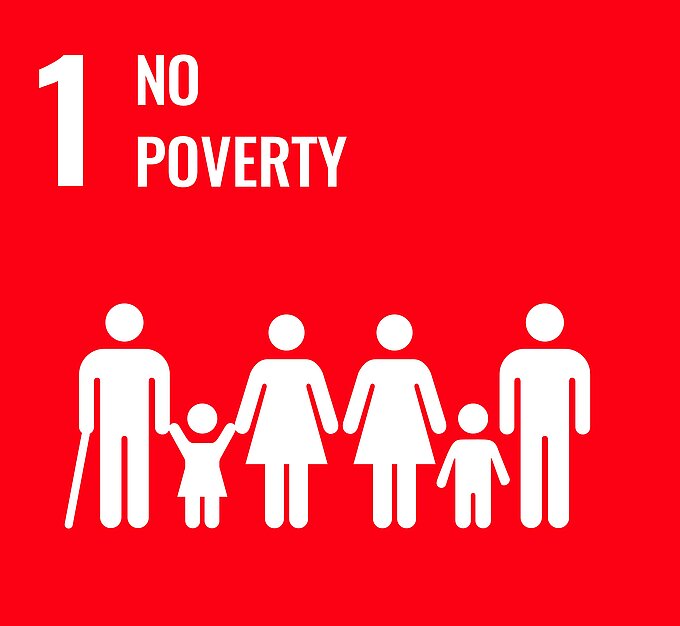
Despite remarkable gains in poverty alleviation over the last 25 years, millions of working people still lack sufficient income to ensure a decent life for themselves and families. Living income has obvious links with SDG 1: "No Poverty" and, in fact advances on ensuring basic subsistence; concerned with people having the choice to live comfortable lives. The concept envisions income earners living beyond the precipice of cyclic poverty, which can be easily entered by those living just above the poverty line. Living income in this sense particularly links with SDG 1's targets related to resiliency and development strategy.

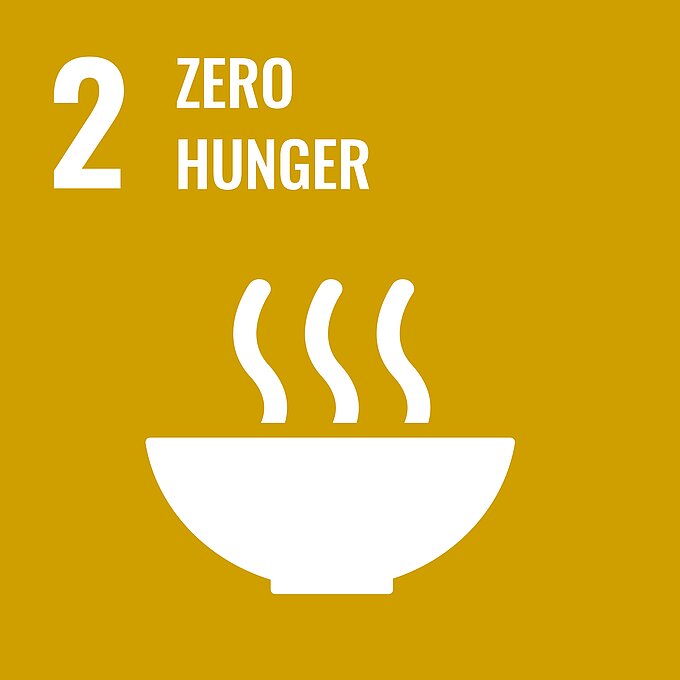
As living income is concerned with the ability afford a decent standard of living, and because sustaining ones self is a fundamental component of a decent livelihood, 'Zero Hunger' is key to living income regardless of the methodology used to calculate it. This is even more pertinent considering that this community of practice looks from the lens of smallholder farmers, many of whom grow their own food for subsistence as well as for the consumption of others. Levers for improving incomes for smallholders include the promotion of sustainable agricultural techniques and ensuring food security; both key targets constituting SDG 2.

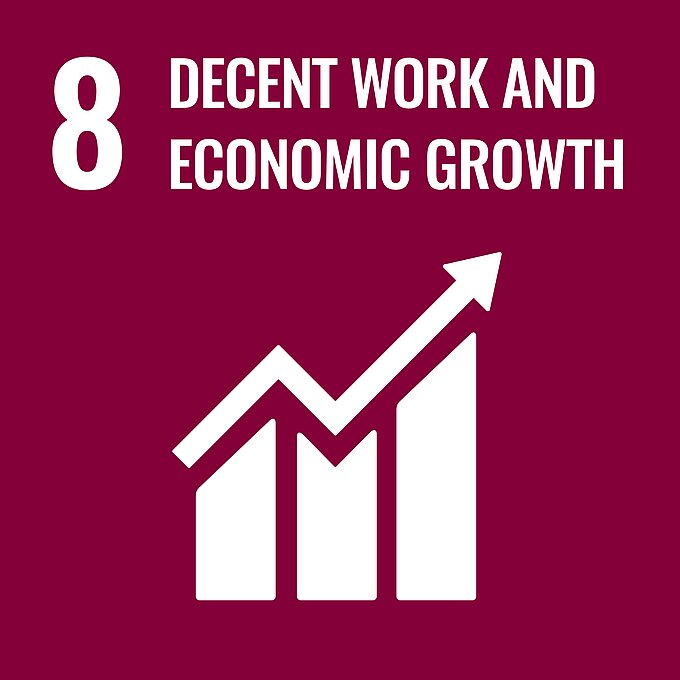
Currently more than 475 million smallholder families work on less than 2 hectare of land. Average equilibrium market wages can be low and prices that farmers obtain for agricultural produce can be economically unsustainable. Living income, from the perspective of this community of practice, is strongly concerned with the fostering countries social and economic development as well as decent pay and improved productivity of farming households. These goals therefore, align strongly with the targets of SDG 8.

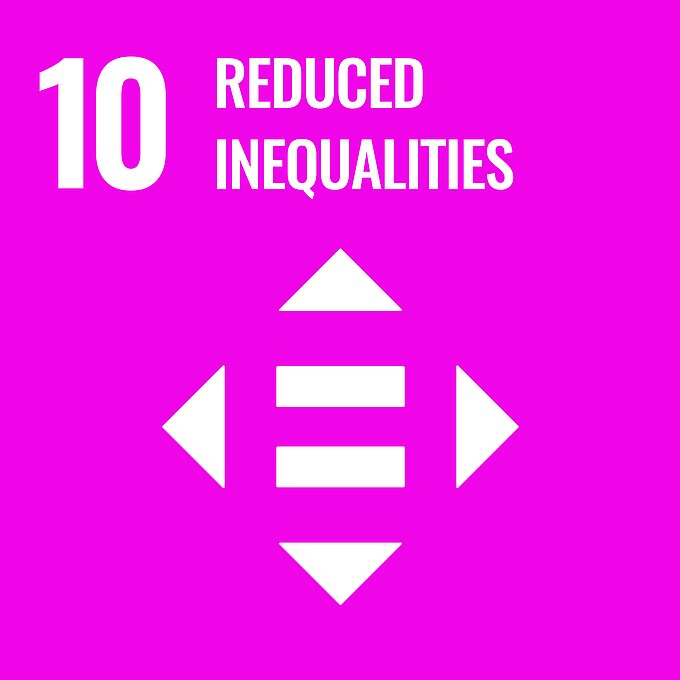
Equality is key for this community of practice, with the 1.5 billion people composing the global the smallholder community also being some of the poorest on the planet. Those working in smallholder agriculture have som of the highest incidences of poverty, despite producing 70% of the world's food. This community encourages due diligence towards income improving interventions so that the destabilisation of livelihoods is avoided for those beyond the remit of action. The promotion of social, economic and political inclusion of all (irrespective of age, sex, disability, race etc.) is also fundamental to the community.

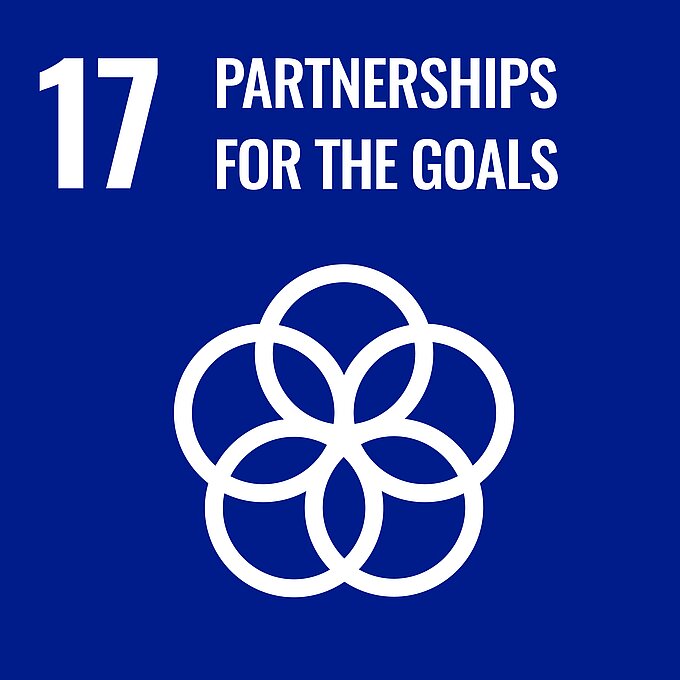
As an international multi-stakeholder platform the living income community of practice acts as a learning space for all of those interested in improving smallholder incomes, and as such aims to provides incites to mobilise and support actors. It promotes collaboration and cooperation between members who include businesses, NGO's, governments, researchers, sustainability standards and producer groups. The community of practice was founded through a mutli-stakeholder partnership between GIZ (government body), Sustainable Food Lab (representing producers and business) and the ISEAL Alliance (civic society), strengthening the means of implementation and representing a global partnership for sustainable development.
